Slovenia is a country in the south east corner of Europe.
Slovenia borders the Adriatic Sea.
The land is mountainous with a coastal strip in the west of the country, bordering Italy. The mountain range known as the Alps run through Slovenia.
The geographical coordinates for the centre of Slovenia, also known as lines of latitude and longitude, are:-
Latitude - 46 07N
Longitude - 14 49E
The capital of Slovenia is Ljubljana.
Slovenia is a parliamentary republic with a president as head of state and a prime minister as head of the government.
In elections everyone over the age of 18 can vote. People over 16 can vote if they are employed.
The currency in Slovenia is the euro. Slovenia is a member of the European Union, having joined in 2004.
Slovene is the official language.
Check the weather in Ljubljana now.
This is the time in Ljubljana now








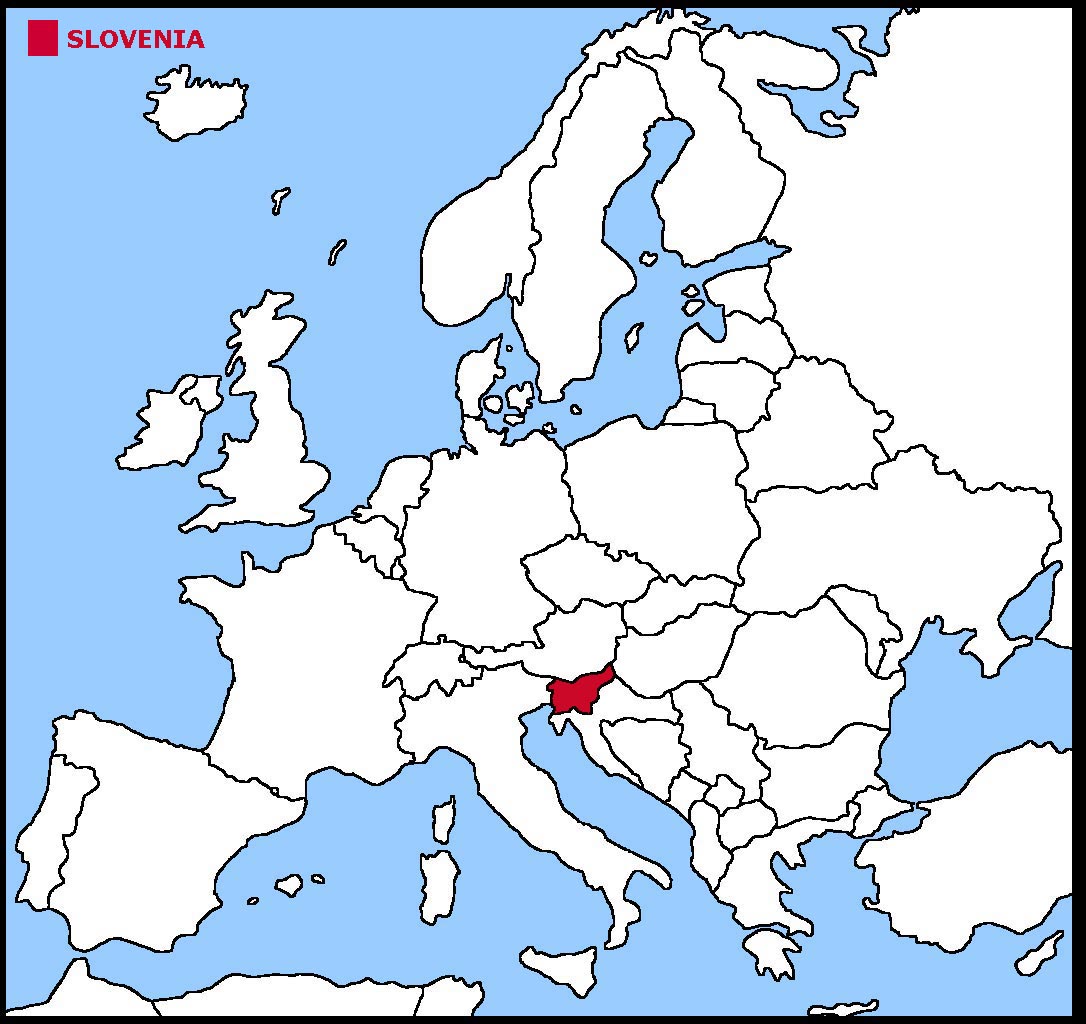

 The Slovenian flag is 3 horizontal stripes of white, blue and red. The Slovenian seal is a shield placed in the top left hand corner of the flag,
centering on the white and blue stripes. It shows the country's highest peak, Mount Triglev, in white on a blue background. Two wavy blue lines
depict the sea and rivers while the 3 six-pointed stars are taking from the coat of arms of the Counts of Celje, who were powerful
rulers of what is now Slovenia until 1456.
The Slovenian flag is 3 horizontal stripes of white, blue and red. The Slovenian seal is a shield placed in the top left hand corner of the flag,
centering on the white and blue stripes. It shows the country's highest peak, Mount Triglev, in white on a blue background. Two wavy blue lines
depict the sea and rivers while the 3 six-pointed stars are taking from the coat of arms of the Counts of Celje, who were powerful
rulers of what is now Slovenia until 1456.


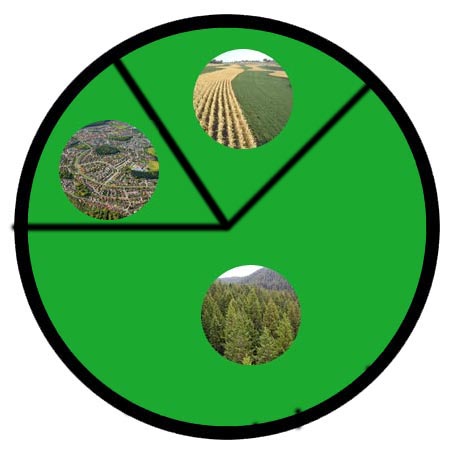

 Each little Owlbut is 1 person and
the big yellow rectangle is 1 sq km. After a while you can compare countries and see which ones are the most crowded. Remember it is only an average as
more people live closer together in towns and cities than in villages out in the country.
Each little Owlbut is 1 person and
the big yellow rectangle is 1 sq km. After a while you can compare countries and see which ones are the most crowded. Remember it is only an average as
more people live closer together in towns and cities than in villages out in the country.
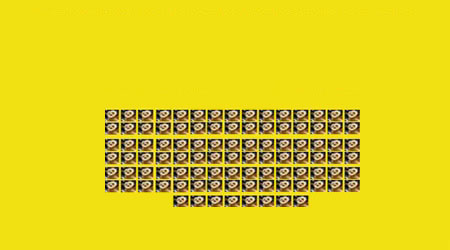

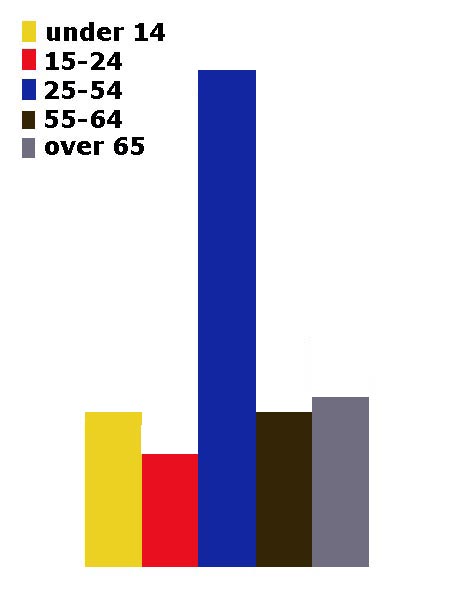
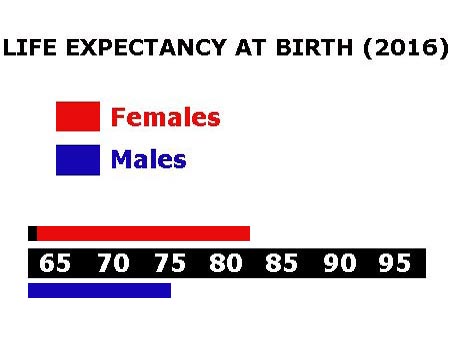

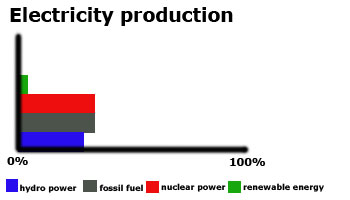

 They work in the following sectors.
They work in the following sectors.



